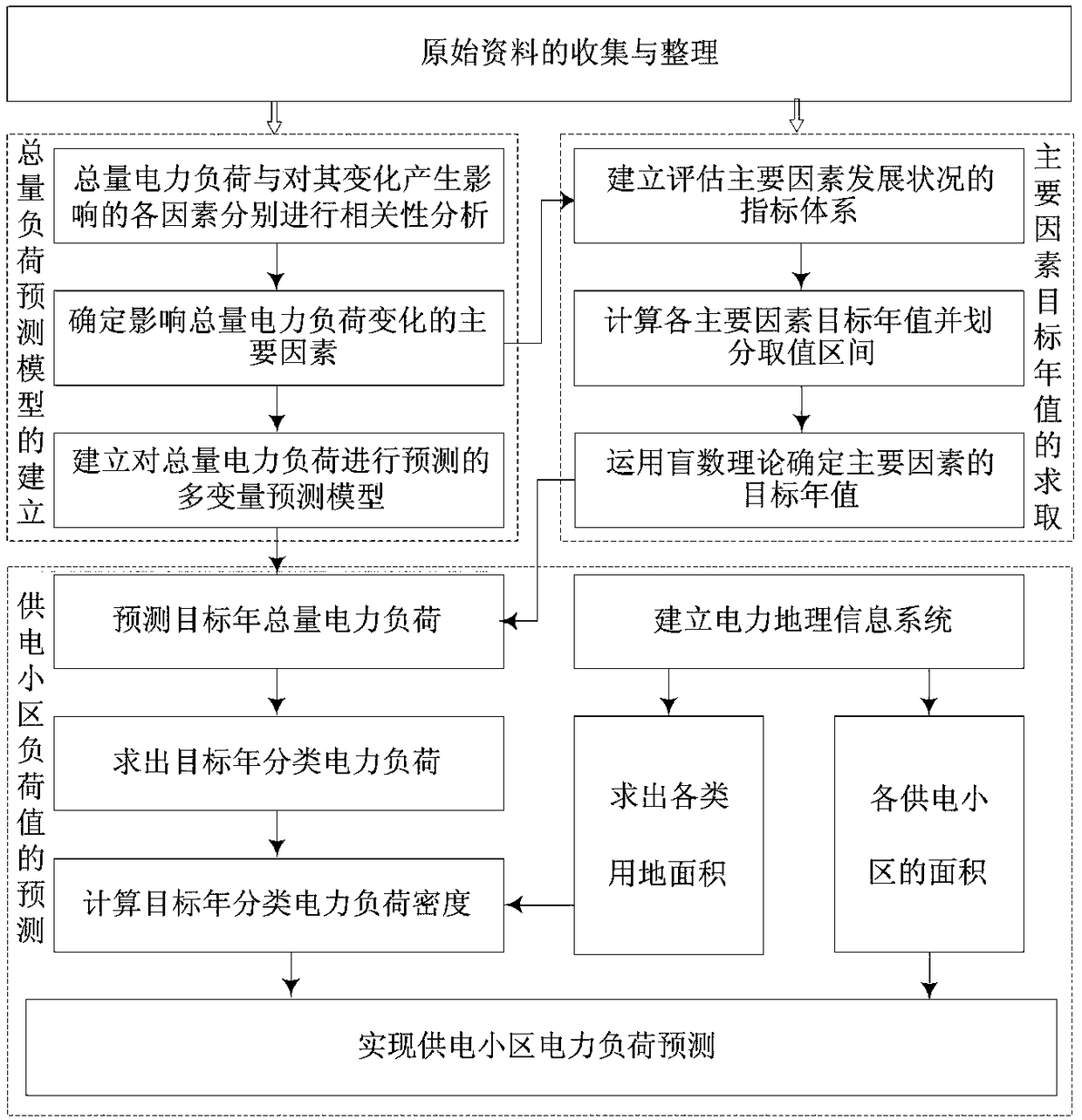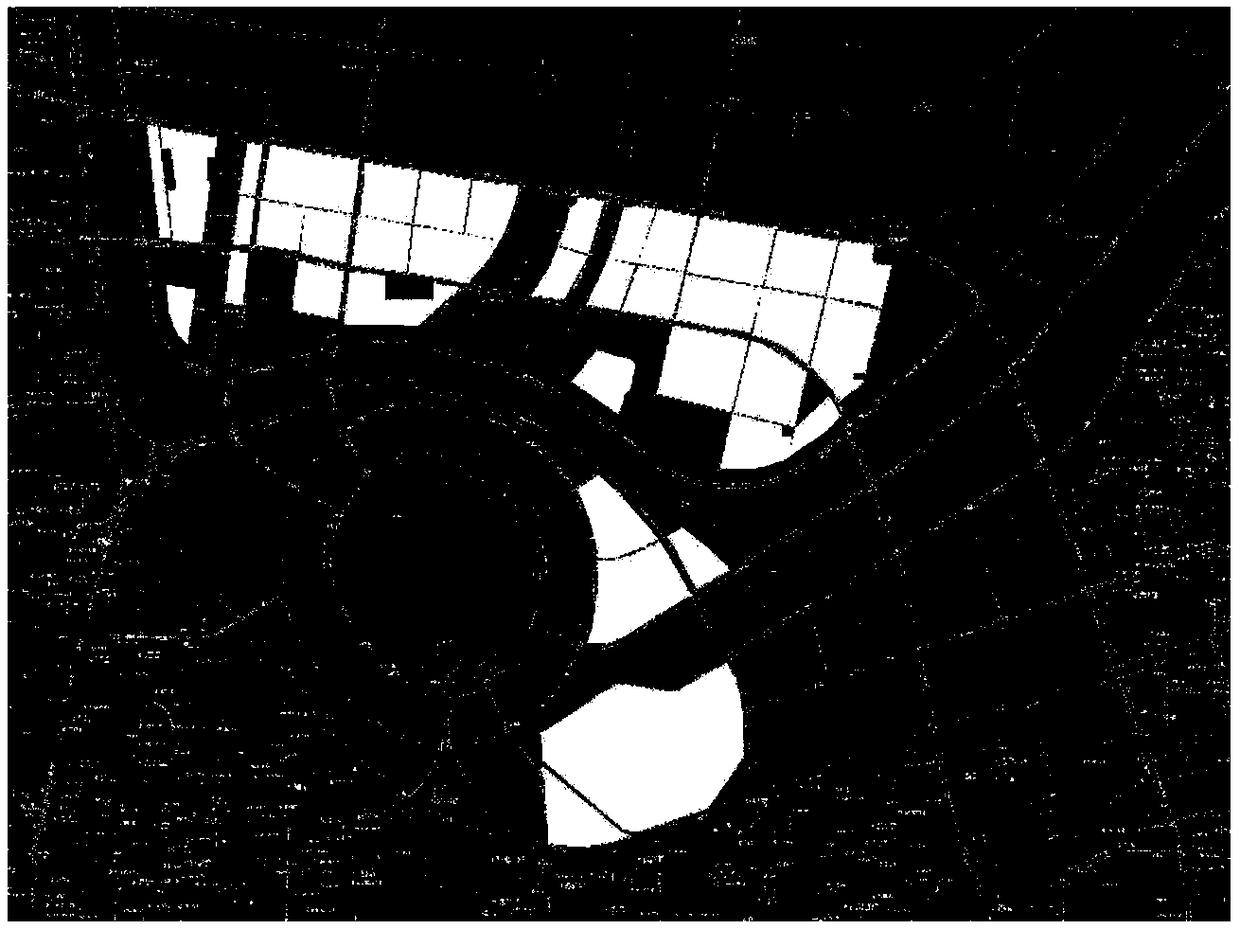Multivariable model and blind number theory-based spatial load prediction method
A space load forecasting and multivariable model technology, applied in forecasting, data processing applications, instruments, etc., can solve the problems of insufficient consideration of load influencing factors, insufficient data mining, and difficulty in fully grasping the law of load development, etc.
- Summary
- Abstract
- Description
- Claims
- Application Information
AI Technical Summary
Problems solved by technology
Method used
Image
Examples
Embodiment Construction
[0044] The present invention will be further described below using the accompanying drawings and examples.
[0045] figure 1 It shows the realization process of a space load prediction method based on multivariate model and blind number theory of the patent invention; figure 2 It shows the range of the predicted area and land use information of a space load prediction method based on the multivariate model and blind number theory using the patent invention; image 3 It shows the prediction results of a space load prediction method based on the multivariate model and blind number theory using the patent of the present invention.
[0046] A space load prediction method based on a multivariate model and blind number theory in an embodiment of the present invention includes the following steps:
[0047] 1) Total power load forecasting
[0048] ① Determination of the main factors affecting the total power load change
[0049] Given the many factors that affect the change of th...
PUM
 Login to View More
Login to View More Abstract
Description
Claims
Application Information
 Login to View More
Login to View More - R&D
- Intellectual Property
- Life Sciences
- Materials
- Tech Scout
- Unparalleled Data Quality
- Higher Quality Content
- 60% Fewer Hallucinations
Browse by: Latest US Patents, China's latest patents, Technical Efficacy Thesaurus, Application Domain, Technology Topic, Popular Technical Reports.
© 2025 PatSnap. All rights reserved.Legal|Privacy policy|Modern Slavery Act Transparency Statement|Sitemap|About US| Contact US: help@patsnap.com



